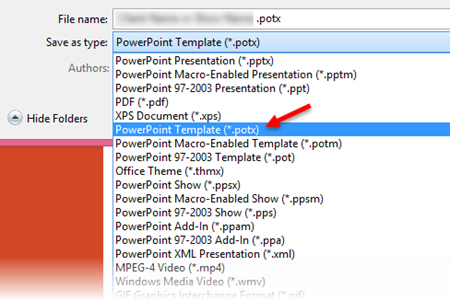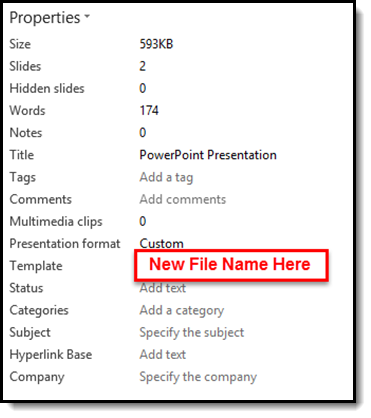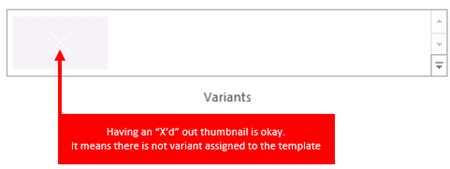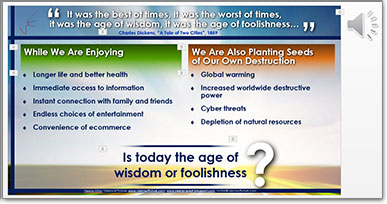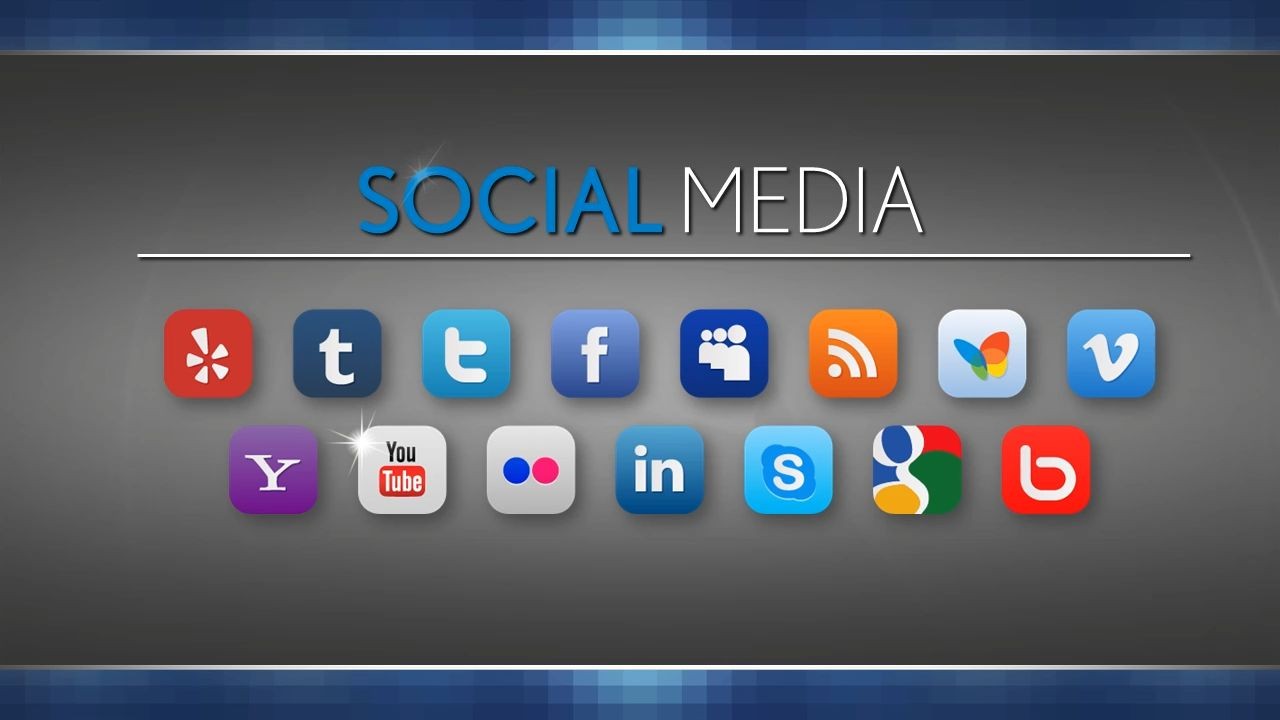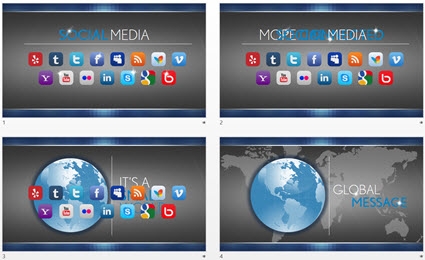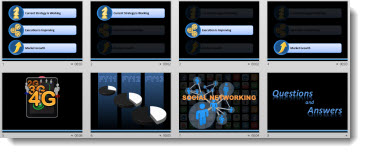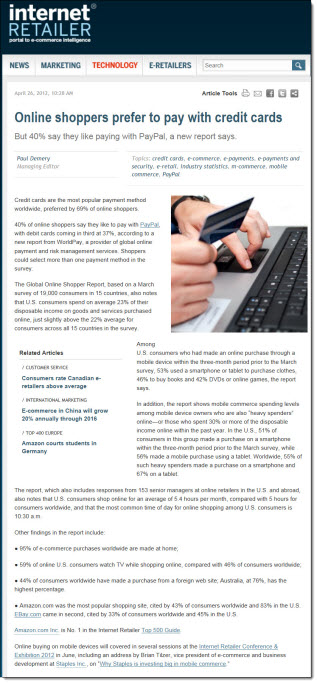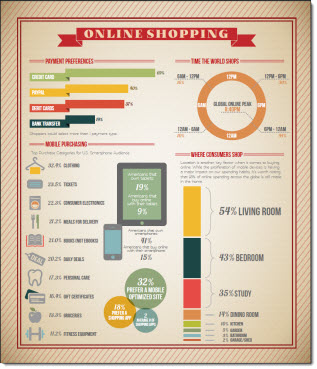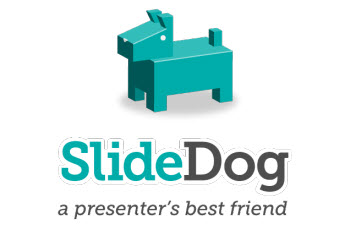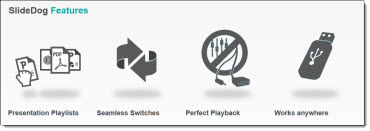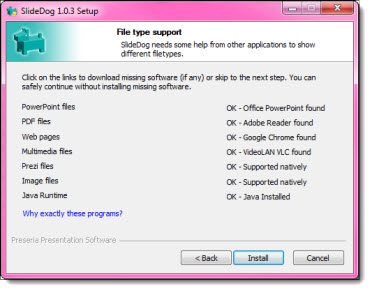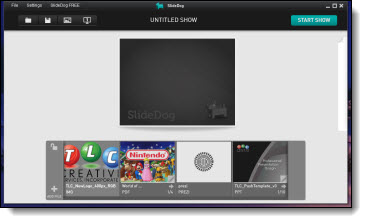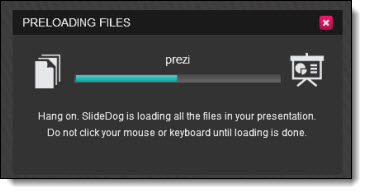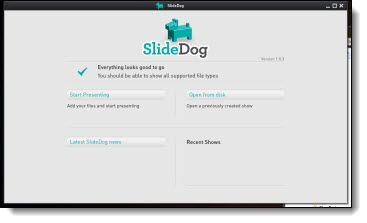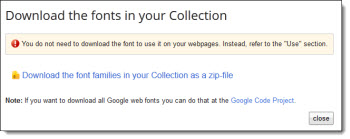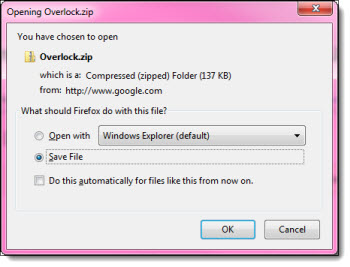Original review is here here.
TLC presentation designer, Amber, has done a follow up testing and review of the SlideDog offering. SlideDog has completed its Beta phase and released its first official version of the program. This version has significant improvements over the beta. I should note, this review is a bit overdue as we started it in January and lost track of it until this month.
Supported file types are PowerPoint (.ppt and .pptx), PDFs, Prezi, Movies (multiple formats), Web Pages (URLs), and images (multiple formats), with more expected.
SlideDog has the ability to seamlessly switch between applications, making it appear that they are all 1 file. You create playlists of different file types, run the show, and SlideDog takes care of the rest.
Download and Install is same as before. The setup process searches your system for the applications SlideDog requires to run the different file types. It helpfully provides links to download missing software it needs, which are all free options.
When you’re ready to create a SlideDog presentation, you can either browse for specific files or simply drag and drop into the playlist area (a great use of multi screen computer setups). SlideDog then generates thumbnails of each presentation element to give a preview of the files.
When you run the show, SlideDog preloads all of the files, which makes switching between the applications faster during the show, but you do have a dialog window with a preloading notice during this time. The preloading notice is onscreen depending on the number of files and their size. In our test, it was visible for up to 90 seconds, so this is something to consider when getting ready to present (you do not want the audience waiting and watching this dialog). The end result was a seamless presentation.
SlideDog now offers different licenses: Free, Pro, and Shared License. Pro offers dual screen mode, unbranded presentations with custom backgrounds and free updates for 1 year. Shared License has all of the Pro features, plus you can use SlideDog in an auditorium or meeting room with multiple users on the same computer. The free version allows you to create playlists and run them seamlessly, but with a SlideDog logo. There is also an option to try Pro for 15 minutes.
Note: The file wrapper error that was present in Beta is now fixed and the dual screen mode will close when SlideDog closes.
We did have a conflict with SlideDog not recognizing PowerPoint 2010. This was caused by having a dual installation of both PowerPoint 2010 and 2003. But it did create an opportunity to contact SlideDog’s support, which was top notch. Dag Hendrik worked with us for a few days to figure out the issues, and then sent patches which fixed them. It was very nice to have the issue resolved so quickly, with great customer service.
Our end result was that SlideDog has made a lot of great progress since the Beta release we reviewed, and we recommend testing it if you have presentations that need to use several different files, file types and even presenters (with the Shared License option).
– Troy @ TLC
